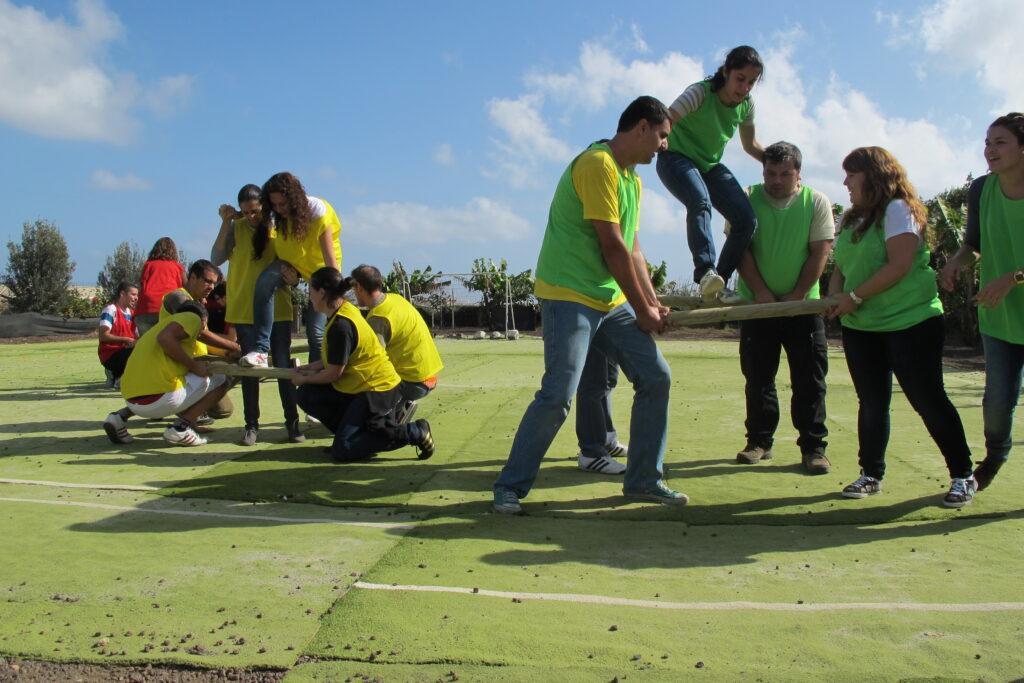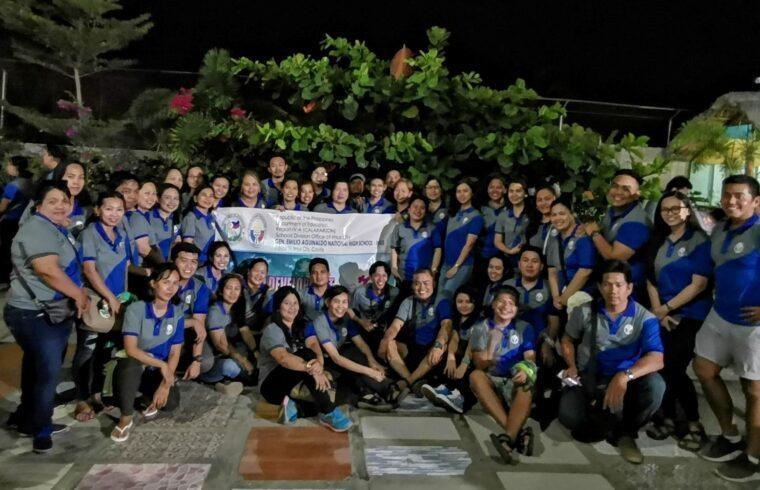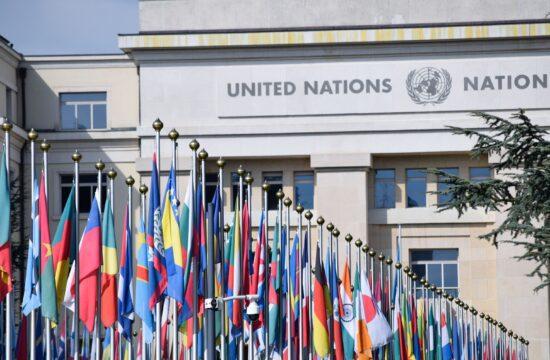The benefits of holding team-building e vents and activities speak for themselves, but just in case you needed some facts and figures, we have a few for you. Research from the University of Central Florida has scientifically proven that team-building activities have a positive effect on team effectiveness. Studies conducted by MIT’s Human Dynamics Laboratory also showed that communication is the most important predictor of a team’s success. Finally, highly-engaged teams are 21% more profitable, according to findings by Gallup.
A great team-building event can encourage collaboration and improve productivity. However, for these events to be truly effective, you’ll have to give your employees a good reason to participate in them. Planning a memorable team-building event that is both informative and enjoyable will ensure its success. Here are a few insights on how you can do it:
Get out of the office.
A location change can be a much-needed breath of fresh air for employees who sit at their desks all day, and psychologists agree that a change of environment can affect the way people think. Taking your event outside of your office removes the feeling of it being a work-related activity, allowing people to interact with each other more openly. You can hold your team building event outdoors to take advantage of the space and good weather or opt to book an offsite function room.
Cultivate a sense of belongingness.
A 2012 study conducted by the Kellogg School of Management at Northwestern University in Chicago was able to determine that wearing clothes with a certain meaning attached to them can influence the way a person thinks—a phenomenon called enclothed cognition. This can be illustrated with sports teams wearing uniforms, for example. Donning a uniform not only helps players identify their adversaries on the playing field, but it also represents belonging and cultivates a sense of unity.

You can tap into this psychological effect by giving away company-branded items during your team building event. It’s become common for companies to give away customized hats, shirts, mugs, and other items as part of the employee onboarding process, which achieves the same goal. These items don’t cost much to manufacture and can be good souvenirs to commemorate the event, too.
Make it meaningful.
Motivating employees to learn how to work towards a common goal is usually one of the main focuses of any team building event. Why not go a step further and lend your efforts towards a worthy cause? Volunteer work for the community or a charitable organization is one of the better ways to spend a day, and it’s a good way to get employees engaged. Your team members are also likely to leave with positive memories of the experience. Non-profits are always looking for helpers, so find one with a cause that means something to you and bring your people there.
Lose the corny stuff.
Many team-building event planners make the mistake of rehashing the same tried-and-tested activities and ideas, which is one of the bigger reasons why employees aren’t too enthused about going to these events. Cookie-cutter games and exercises will inevitably fail at holding people’s attention, and most participants will simply go through the motions without really feeling like they’ve learned anything vital.

The modern professional sees no value in passé trust exercises and humiliating group dance performances, so think outside the box! A good team-building activity is one that inspires cooperation and communication, but it shouldn’t be purposeless.
A team-building event should not be just an opportunity to give your employees additional experiential training; a successful one will manage to turn colleagues into friends. Create an occasion for them to forge these bonds, and your company will surely benefit from improved morale.




















